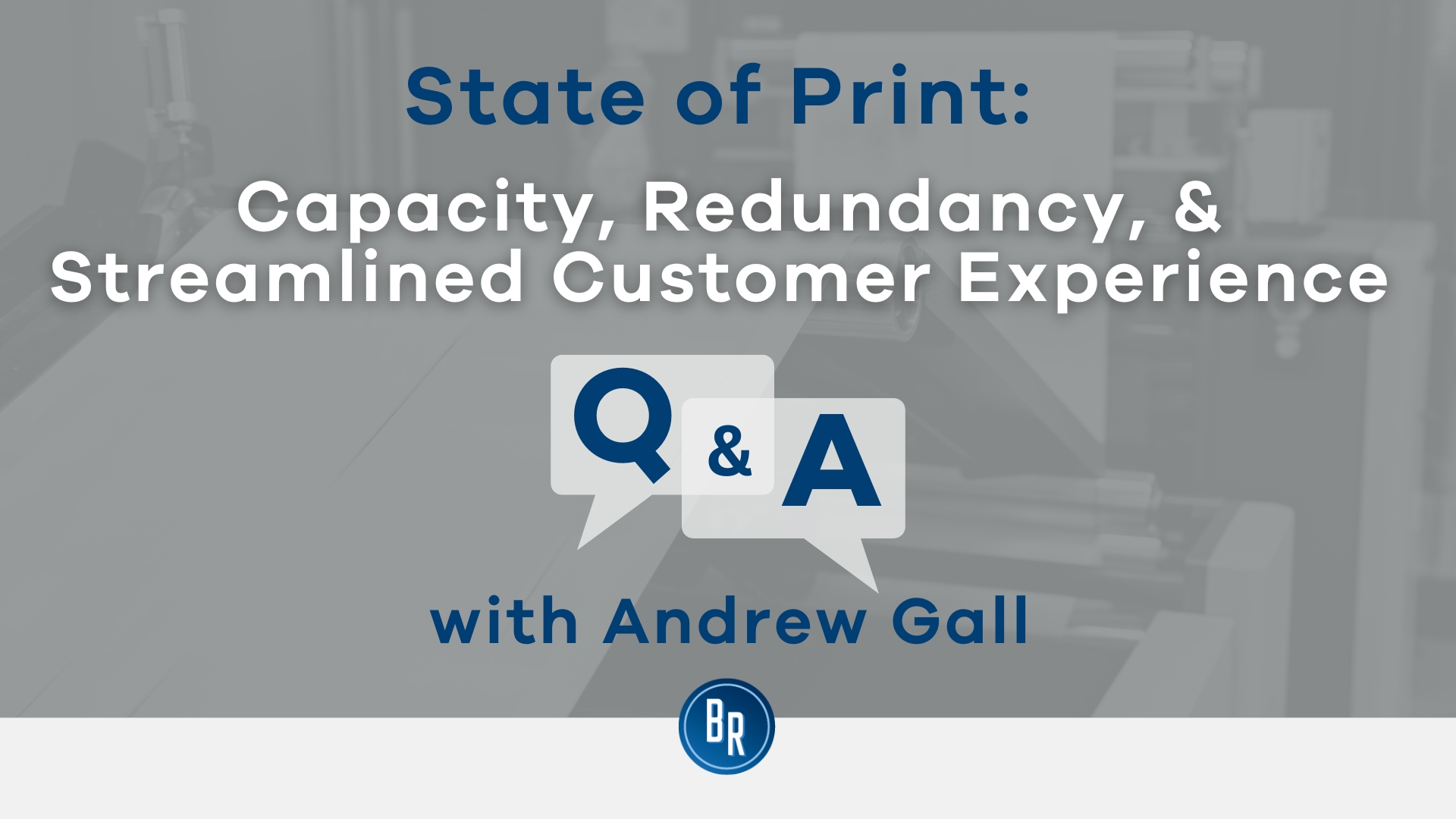Discussed: If a Company Goes Bust Who Pays Redundancy in the UK?
Wiki Article
Exploring the Interplay In Between Business Redundancy and Business Versatility for Future Development
In the vibrant landscape of today's business world, the complex partnership in between company redundancy and organizational versatility arises as an important variable for sustained growth and success. Companies commonly encounter the challenge of striking a delicate balance between preserving a degree of redundancy to minimize threats and fostering adaptability to respond swiftly to the ever-evolving market demands.Value of Firm Redundancy
Firm redundancy is a crucial element that enhances organizational resilience and reduces operational risks. By integrating redundancy steps within the organizational framework, companies can better endure unexpected interruptions and changes in the service setting. Redundancy functions as a strategic barrier, allowing business to adjust and react successfully to unexpected difficulties without endangering crucial procedures.One trick element of the significance of company redundancy is its duty in making certain connection during times of crisis. When confronted with unexpected changes or emergency situations, repetitive systems, resources, or employees can action in to preserve essential features and stop extensive disturbances. This connection not only safeguards the company's online reputation and client count on but additionally reduces financial losses and functional downtime.

Strategies for Organizational Versatility

An additional crucial approach is purchasing innovation and facilities that can sustain adaptability and scalability. Implementing digital tools, automation, and data analytics can enhance procedures, enhance efficiency, and give useful understandings for informed decision-making. Moreover, creating adaptable organizational structures that enable quick adjustments to market dynamics and customer needs is essential for staying competitive in a swiftly advancing setting. By proactively recognizing possible disturbances and chances, organizations can proactively adapt and flourish in an ever-changing organization landscape.
Balancing Redundancy and Flexibility
Accomplishing a harmonious balance in between operational redundancy and business adaptability is vital in navigating the intricacies of a dynamic service environment. site here Striking the best equilibrium in between redundancy and adaptability is a delicate procedure that calls for a deep understanding of the company's goals, market dynamics, and danger resistance.To attain this equilibrium, firms require to perform normal analyses of their procedures to recognize locations where redundancy is essential for threat reduction and where flexibility can drive technology and growth. Applying versatile frameworks, cultivating a culture of constant discovering and enhancement, and encouraging open interaction throughout all levels of the organization are essential techniques to balance redundancy and adaptability effectively. By aligning these 2 essential components, firms can position themselves for sustainable development and success in an ever-changing business landscape.
Case Studies on Adjustment Success
In examining instances of successful organizational adaptation, it ends up more information being noticeable that the interplay between operational redundancy and versatility is a defining aspect in forming resistant companies. A DVD rental solution, Netflix showed impressive flexibility by transitioning into a streaming platform when digitalization interrupted the market. These situation researches highlight the relevance of functional redundancy combined with organizational flexibility in cultivating lasting development and competition.Building Durability for Future Growth
Structure durability for future growth needs a tactical placement of operational procedures with market characteristics and emerging trends. Firms should adapt to transforming atmospheres by fostering a society of versatility, innovation, and constant improvement.Additionally, fostering solid relationships with stakeholders, such as clients, staff members, providers, and the area, is necessary for weathering uncertainties and preserving trust and support throughout turbulent times. Efficient interaction and openness play an important function in structure resilience, as they assist straighten expectations and help with partnership in browsing unpredictabilities.
Additionally, organizations require to focus on learning and development efforts to upskill staff members and equip them with the required tools to adjust to transforming circumstances. By purchasing their workforce, business can improve their flexibility and dexterity, ultimately strengthening their resilience for sustainable future growth.
Conclusion

In the vibrant landscape of today's company globe, the intricate connection in between company redundancy and organizational flexibility arises as an essential aspect for sustained growth and success. Business often deal with the obstacle of striking a fragile balance between preserving a degree of redundancy to mitigate risks and promoting flexibility to react swiftly to the ever-evolving market needs.To accomplish this balance, companies need to carry out routine analyses of their procedures to identify areas where redundancy is needed for danger reduction and where flexibility can drive innovation and growth.In final thought, the interplay between business redundancy and business versatility is critical for future development. Structure resilience through a combination of redundancy and adaptability will guarantee that business are prepared for the difficulties of the future.
Report this wiki page